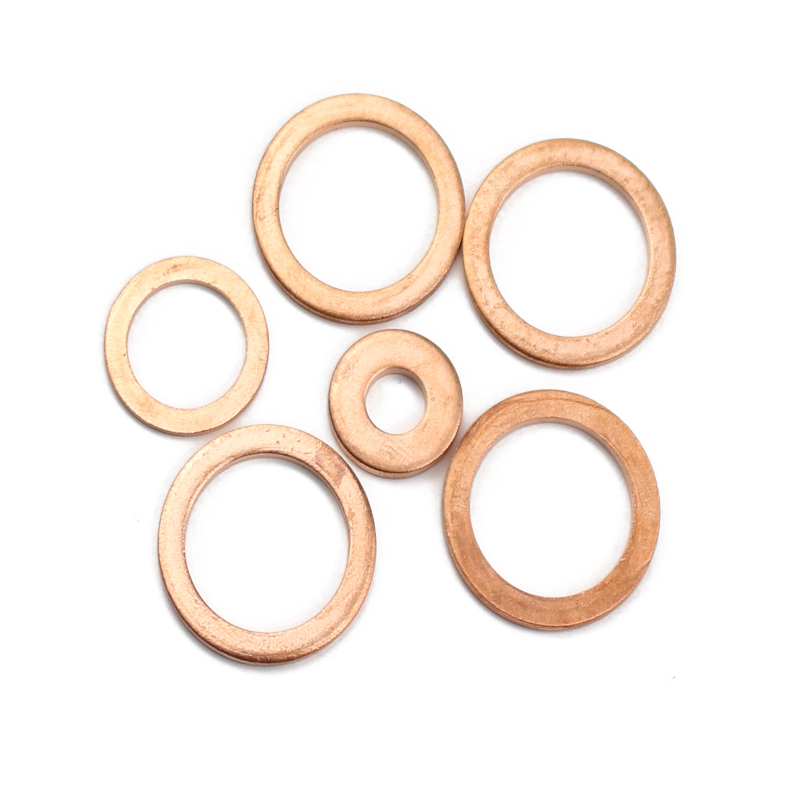Understanding the Functionality and Applications of Seal Oil and O-Ring Seals in Various Industries
Understanding Seal Technologies Seal Oils, Oil Seals, and O-Ring Seals
Sealing technologies play a crucial role in various industrial applications, ensuring that systems operate efficiently while preventing leaks and contamination. Among the many seal types available, seal oil, oil seals, and O-ring seals are significant for their specific uses and characteristics. This article will explore these sealing solutions, highlighting their importance, functionality, and applications.
What is Seal Oil?
Seal oil refers to specialized oils used in machinery and equipment to provide lubrication and reduce friction between moving components. These oils are designed to protect against wear and tear, prolonging the lifespan of mechanical parts. In pneumatic and hydraulic systems, seal oils can help enhance the effectiveness of the seals themselves, ensuring a tighter seal and preventing fluid leaks. Seal oils often contain additives that improve their viscosity, thermal stability, and resistance to oxidation, making them suitable for demanding environments.
The Role of Oil Seals
Oil seals, also known as rotary shaft seals, are designed to prevent the leakage of lubricating oils from rotating components, such as shafts or gears, while also keeping contaminants out of the system. Typically constructed from elastomers or thermoplastics, oil seals offer excellent flexibility and resistance against a wide range of temperatures and chemicals. They are common in automotive and industrial applications, often found in gearboxes, engines, and hydraulic systems.
seal oil seal oring seal

Oil seals function by creating a sealing lip that presses against the rotating shaft, preventing the escape of oil. The design of the oil seal can vary depending on the application, with features like multiple sealing lips for enhanced protection and spring-loaded designs to maintain consistent contact with the shaft. Maintaining the integrity of oil seals is essential, as any failure can lead to oil leaks, potential system failures, and costly repairs.
O-Ring Seals Versatile and Reliable
O-rings are one of the simplest yet most effective sealing solutions used across various industries. These circular rings made from elastomers create a tight seal between two surfaces when compressed. O-rings are popular due to their ease of installation, versatility, and cost-effectiveness. They are available in a wide range of sizes and materials, including nitrile, silicone, and fluorocarbon, allowing them to be used in diverse applications—from household plumbing to aerospace engineering.
O-rings function by filling the microscopic gaps between mating surfaces, effectively preventing the passage of fluids or gases. The effectiveness of an O-ring depends on several factors, including the material selected, the temperature and pressure of the application, and the design of the groove in which the O-ring is placed. Proper installation and maintenance are critical to maximizing the performance of O-rings, as improper handling can lead to premature wear and seal failure.
Conclusion
Seal oils, oil seals, and O-ring seals are integral components of modern machinery and systems, providing essential functions in lubrication and sealing. Understanding their roles and applications allows industries to select the right sealing solutions for their specific needs. Whether it's preventing oil leaks in automotive engines, ensuring efficient operation in hydraulic systems, or achieving a reliable seal in a chemical process, these sealing technologies contribute significantly to operational efficiency and longevity. Investing in high-quality seal solutions and following best practices for installation and maintenance can significantly enhance equipment performance and reliability, ultimately leading to reduced downtime and cost savings.
-
Understanding Automotive Oil Seals: Essential Components for Engine and Shaft Protection
News Jul.30,2025
-
The Importance of Heavy Duty Seals in Industrial and Residential Applications
News Jul.30,2025
-
Exploring Industrial Oil Seals: From Felt Oil Seals to TTO and CFW Solutions
News Jul.30,2025
-
Essential Guide to Oil Seals: From Radial to Metal-Cased Seals for Industrial Reliability
News Jul.30,2025
-
Choosing the Right Oil Seals and Gaskets for Industrial and Automotive Applications
News Jul.30,2025
-
Cassette Seals: Durable Sealing Solutions for Harsh Environments
News Jul.30,2025
-
Understanding the Front Main Engine Seal: Purpose, Maintenance, and Installation
News Jul.29,2025
Products categories















